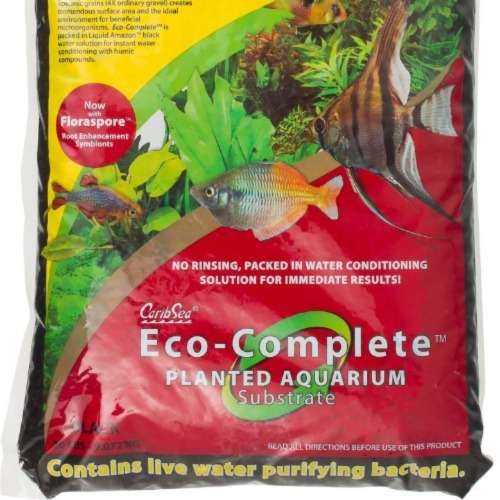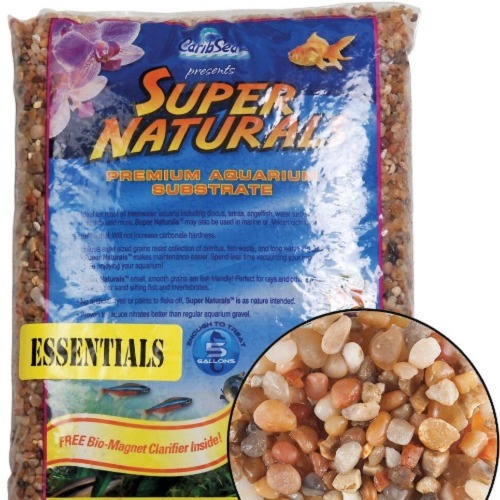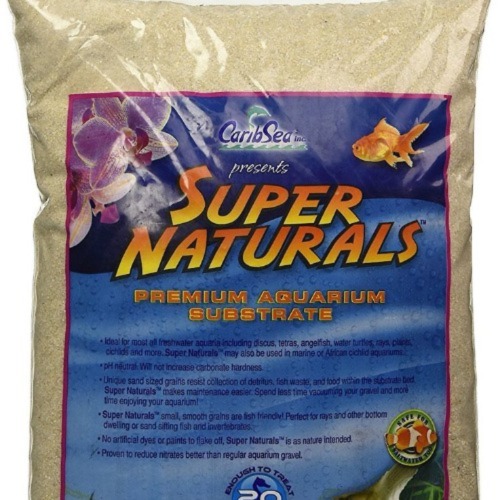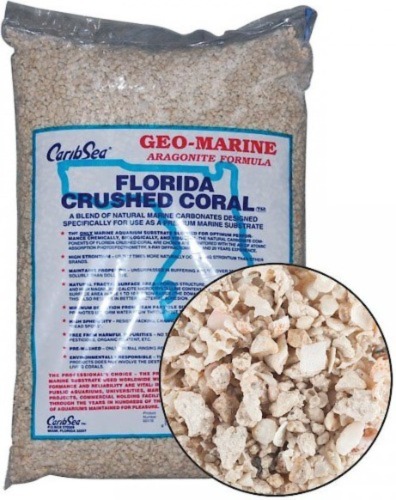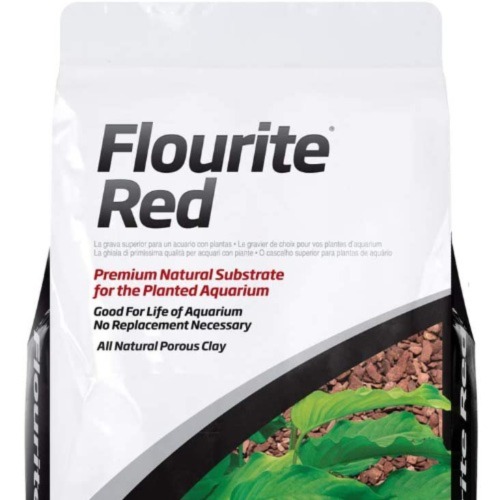Best Substrate for Cherry Shrimp
Posted by on 02/27/2023
We use affiliate links and may receive a small commission on purchases.
Cherry Shrimp are one of the most popular, if not the most popular Neocaridina color morph found in the freshwater aquarium hobby. While these shrimp have found their place in award-winning tanks, the species is often one of the first invertebrates recommended for hobbyists new to shrimp keeping.
If you plan on building an aquarium, one of the most important steps is choosing a suitable substrate. There are advantages and disadvantages to owning different types of substrate, so it's a wise decision to make the best choice up front. Once established, it's difficult, if not impossible to replace existing substrate without tearing down your tank.
In this post, we're going to recommend some of the best substrates for cherry shrimp owners, and we'll also recommend different substrates that are suitable for different tank builds.
Importance of Substrate
Aquarium substrates are an important part of fish keeping. If a substrate is not present at the bottom of a tank, tank inhabitants will see their reflection, often resulting in stress which can lead to a weakened immune system.
Substrates also provide a large surface area for beneficial bacteria to grow on. These bacteria serve as a naturally occurring source of filtration in combination with your aquarium filter. Certain substrates also provide ideal environments for plants to grow, and other substrates in the hobby can be used to create unique and inspiring aquascape designs.
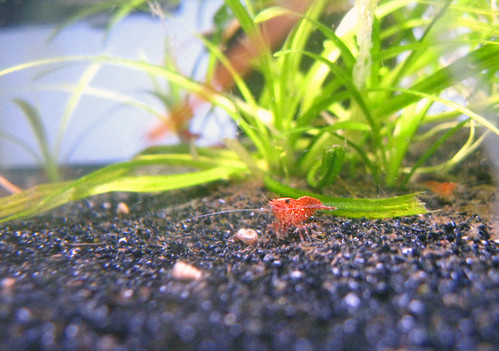
Cherry Shrimp Substrate
Cherry shrimp (scientific name: Neocaridina davidi) are similar to other Neocardinia color morphs, such as Orange Pumpkin and Blue Dream, but display a bright red coloration.
When provided a pristine environment, these shrimp are capable of reproducing quite rapidly, and consume a diet largely consisting of algae, sinking pellet foods, and algae wafers.
A good substrate for cherry shrimp should provide ample surface area for algae growth, and should create plenty of small crevices for baby shrimp to grow.
Hobbyists looking for a cherry shrimp substrate have a wide variety of options to choose from. To make the decision a bit easier, here are some of our favorite choices.
Best Overall Substrate
Our favorite substrate for Cherry Shrimp is without a doubt CaribSea's Eco-Complete . CaribSea is a Florida-based aquarium supplies provider that's been around since the 1970s. Their nutrient-rich Eco-Complete substrate consists of black or red granules that range between 0.25-7.00mm in size.
The small and varying size of this gravel provides safety for baby cherry shrimp, plus it's packed full of nutrients in case you decide on turning your shrimp tank into a planted aquarium.
Eco-complete comes in both red and black, but we prefer the black color as it contrasts nicely with the reds seen in cherry shrimp.
Best Substrate For Hobbyists On a Budget
If you're a hobbyist searching for the most cost-effective substrate for cherry shrimp, look no further than CaribSea's Super Naturals Gemstone Creek Aquarium Substrate.
The substrate consists of light brown granules that are between 0.24-1.00 millimeters in size. It's pH neutral and comes pre-washed, so you'll be able to add it directly to your aquarium. Plus, at less than $10 per 5lb bag, it won't hurt your wallet. Cherry shrimp will do well in this substrate that provides a warm aesthetic to your tank.
Best Substrate For Planted Tanks
Our favorite substrate for a planted tank that houses cherry shrimp is once again CaribSea's Eco-Complete (now named eco-planted). The black version of this substrate contrasts beautifully with cherry shrimp, and the granule size will allow stem plants, such as Hygrophila Salicifolia, to root with ease.
Let's face it, planted tanks are cool. They're the freshwater equivalent to a reef tank in the saltwater hobby, and there are an endless amount of brightly colored plants that can make your tank pop.
Choosing a nutrient-rich, small granule substrate is important for a planted tank. Plants will benefit from the nutrients provided by these substrates.
Best Sand Substrate
Sand Substrates provide plenty of surface area for beneficial bacteria to grow on, but the compact nature of sand will provide fewer hiding spots for cherry shrimp that might be looking for a place to rest.
Sand substrate doesn't work well with most aquatic plants. Since the substrate is so compact, plant roots will have trouble establishing themselves in the fine-grain sand. While sand substrates do look aesthetically pleasing, it's important to know that they can be quite limiting, especially if you think you may want to add live plants in the future.
If you're still set on a sand substrate, CaribSea Super Naturals Crystal River Freshwater Sand will work well in a cherry shrimp tank.
Best Substrate For Species That Prefer High pH
If you plan on keeping cherry shrimp with a species that prefers higher levels of pH, such as guppies, you can't go wrong with CaribSea Aragonite Florida Aquarium Crushed Coral .
When pH levels drop in an aquarium with crushed coral, the coral will begin to slowly dissolve, raising the pH levels, and resulting in a more stable environment. Water stability is extremely important when it comes to aquariums, and both your fish and cherry shrimp will benefit greatly from the stability provided by crushed coral.
Best Clay Substrate
If your going for a desert aesthetic in your aquarium, Flourite Red is a fantastic option for those of us with cherry shrimp. You'll want to rinse this substrate before using it. Keep in mind that its red granules are quite a bit larger than the other substrates we've suggested.
Flourite Red granules vary in size, between 4-8mm, and will form many crevices for your cherry shrimp to hide in. The product is made by Seachem, the same company known for their famous water conditioner, known as Prime .
🛒 Shop Freshwater Fish on Light Fish
Conclusion
As you can see, there are plenty of good substrate options for cherry shrimp. The decision ultimately comes down to planning for the future. Will your cherry shrimp co-exist with species that prefer higher levels of pH? Or maybe you see yourself transitioning to a fully planted tank. Whatever path you choose, you can't go wrong with any of the substrates we've recommended.
Now that we've covered the basics, let us know which you think you'll choose by commenting below, and be sure to check out our marketplace and community forum where you can buy, sell and connect with other hobbyists.
December's Giveaways on Light Fish








